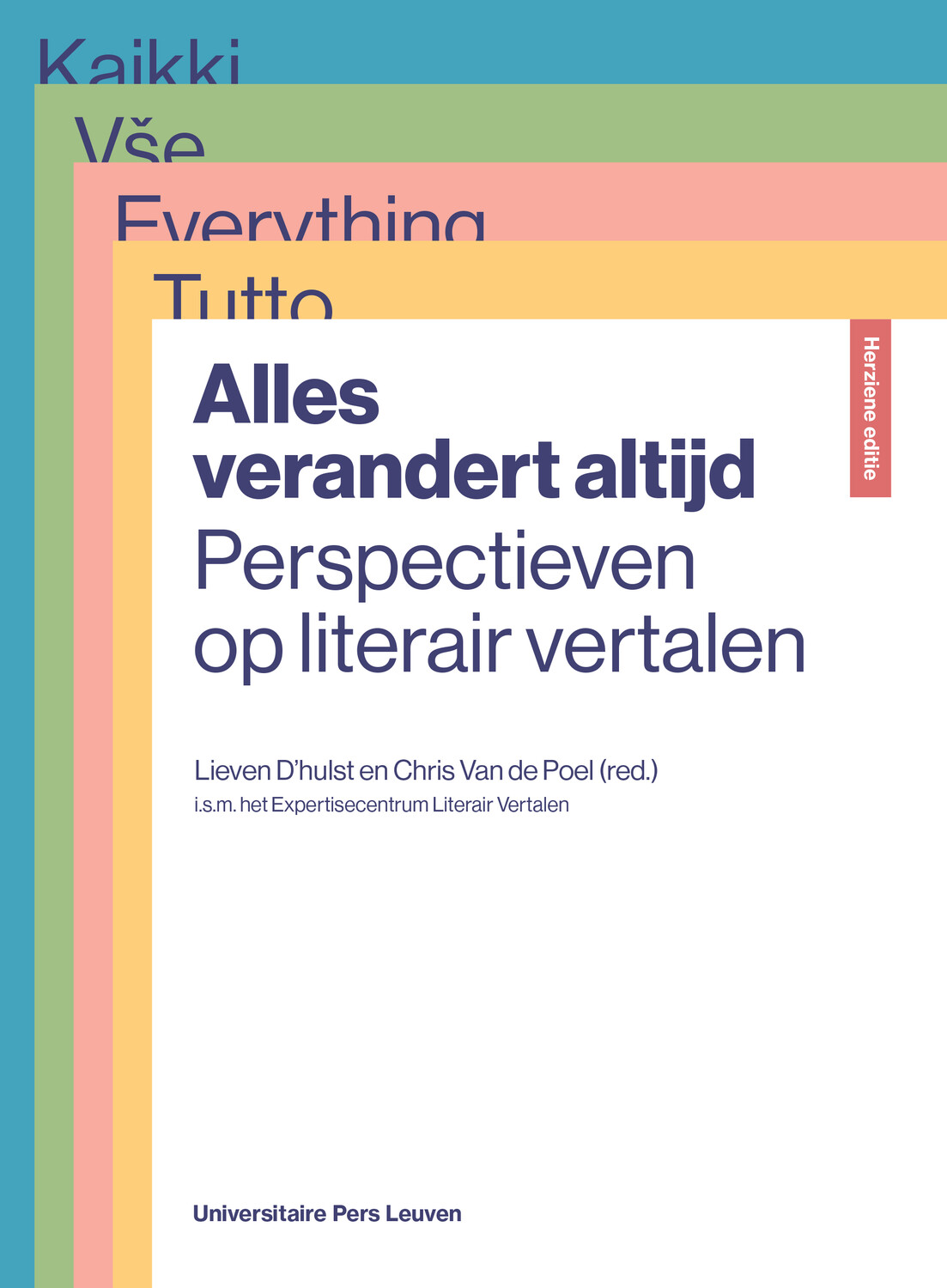
"I was surprised by the fact that architects were hardly ever studied as a group - while the profession underwent some very significant transformations in the 20th century."
In 'Brokers of Modernity' Martin Kohlrausch tells the story of modernist architects in East Central Europe and delivers a pioneering study of the dynamics of modernist architects as a group, including how they became qualified, how they organized, communicated and attempted to live the modernist lifestyle themselves. Read more about Kohlrausch's inspiration for the book, the writing process and his reading suggestions in this 'Author's Corner' blog post.
Can you briefly and concisely explain in common language what your book is about?
This book explains how modernist architects entered new fields such as planning and urbanism, how they engaged with the modernising project of the new states emerging after 1918 and how they turned into ‘brokers of modernity’. Against this background the book scrutinises how these architects experienced the deep historical ruptures of the 20th century in East Central Europe.
What or who inspired you to choose this topic?
My interest in the role of architects in the 20th century dates back to working with Heinz Reif at the Center for Metropolitan Studies in Berlin. I was surprised by the fact that architects were hardly ever studied as a group - while the profession underwent some very significant transformations in the 20th century. I also had a long-standing interest in East Central Europe and the phenomenon of states - such as Poland - being newly established after 1918. Both interests come together in the book - productively I hope.
Do you have any reading suggestions to share (books, blogs, journals, ...) for anyone who wants to know more about the subject?
I would very much recommend everyone interested in the cultural, social and political history of the 20th century to learn more about the 'Congrès internationaux d'architecture moderne (CIAM)' - which provided a framework for my book. A great way to approach the CIAM, and also a visually stunning work, is the ‘Atlas of the Functional City. CIAM 4 and Comparative Urban Analysis’, published by the gta Verlag at Zurich in 2014.
How did the writing process for this book go? Did you experience anything surprising, amusing or strange?
I worked a lot with the personal correspondence of architects and one of my insights was how close the relations between the architects I studied became. As they all saw themselves as part of the modernist project – fighting against all kinds of perceived or real obstacles - they developed intimate relationships of which one, as a researcher, to a certain degree becomes part.
On a more practical note, the book brings together research from very different fields: history of architecture, history, science and technology studies, media studies etc. This posed considerable challenges in the research and writing process but was also quite an enriching and inspiring experience.
What would you like the readers to remember from your book?
I'd like readers to realise and remember what it meant for the architects I describe to believe in the project of modernism - including the price they had to pay for remaining true to their cause and convictions. I also hope that the book contributes to reflecting on what has happened to the - at times overtly optimistic – drive of architects to improve society since the 1960s.
Your book is published open access thanks to the support of the KU Leuven Fund for Fair Open Access. How did the open access publication process go? What makes open access so attractive for you/your book? Have you thus far noticed that your book reaches a wider audience?
There were mainly two reasons why I decided to go for open access. First, I expected that with open access my book could reach a much broader audience than a print edition and, as its theme, ‘modernity’ is global, also a global audience. Second, I was hoping for a quick ‘absorption’ of the book. Judging from the very high download numbers my expectations have been outmatched. Moreover, these numbers provide me as the author with quite telling insights into where the book is downloaded (and hopefully read). I still believe it is important, however to also have a print edition and to be able to communicate the results of my research the ‘classic’ way.
Do you have any plans yet for a next publication? What will it be about?
My next publication will be about a phenomenon I call ‘technocelebrities’, technical experts, such as architects Le Corbusier or Walter Gropius, who turned into stars in the 20th century. I would like to understand the workings of the media and the social mechanisms behind these ‘technocelebrities’.
 Brokers of Modernity
Brokers of Modernity
East Central Europe and the Rise of Modernist Architects, 1910-1950
Martin Kohlrausch
Open Access ebook available









































